Tough-1 King Series Krypton Western Trail Saddle, 20 in.,KS416-10-16
This Tough-1 KS416-10-16 King Series Krypton Western Trail Saddle is built on an exclusive 5-year guaranteed, reinforced fiberglass tree so you can have a secure, and comfortable ride.
This Tough-1 KS416-10-16 King Series Krypton Western Trail Saddle is built on an exclusive 5-year guaranteed, reinforced fiberglass tree so you can have a secure, and comfortable ride. For durability, this western horse saddle has tough Cordura nylon synthetic skirts and fenders and a reinforced stirrup bar. The Krypton trail saddle also features handsome leather jockeys, a pommel, and a cantle for an attractive look. The nylon tie straps of this horse saddle ensure a tight fit.
- Built on an exclusive 5 year guaranteed, reinforced fiberglass tree with a 4 cantle for a secure and comfortable ride
- Tough Cordura nylon synthetic skirts and fenders provide durability
- The handsome leather jockeys, pommel, and cantle of this western horse saddle offer an attractive look
- Nylon tie straps give the trail saddle a tight fit
- The reinforced stirrup bar offers stability
- The Krypton trail saddle features Blevins style quick-change buckles
- Back flank cinch is included for trail riding
- Neoprene in the square skirts offers durability
- Silver billet slot and Conchos provide the horse saddle with an added touch of flair
- Size: 20 in.
- Weight: 15 lb.
Additional information
| Cantle Height | 3 in. |
|---|---|
| Gullet Height | 7.5 in. |
| Hardware Material | Nickel-plated steel |
| Horn Cap Size | 2.5 in. |
| Horn Neck Size | 2.5 in. |
| Product Weight | 12 lb. |
| Riding Style | Western |
| Rigging | Drop D |
| Saddle Seat Size | 15 in. , 16 in. , 17 in. |
| Seat Material | Suede Leather |
| Skirt Length | 20.5 in. |
| Skirt Width | 19 in. |
| Swell Width | 11 in. |
| Tree Material | Rawhide Covered |
| Tree Size | 7 in. |
| Manufacturer Part Number | KS416-10-16 |

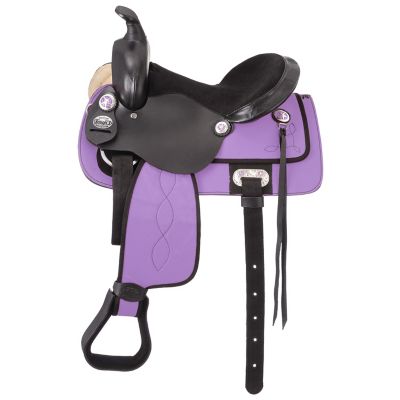


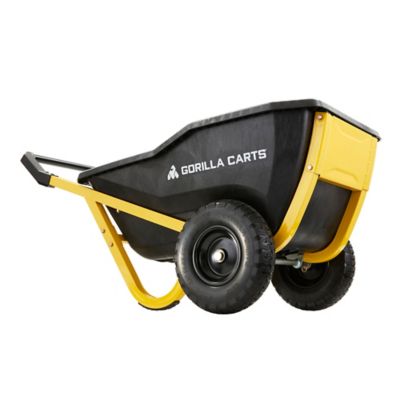
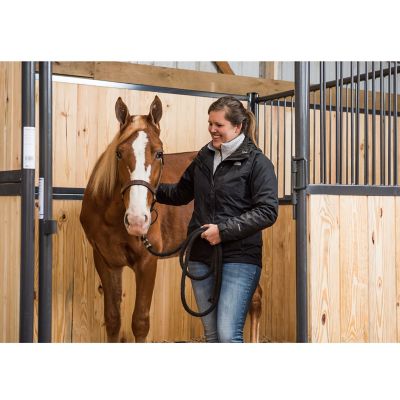
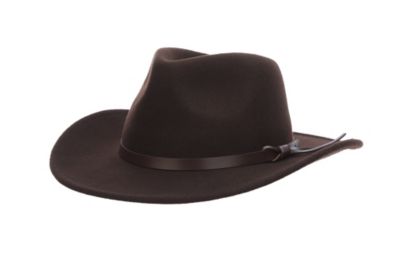
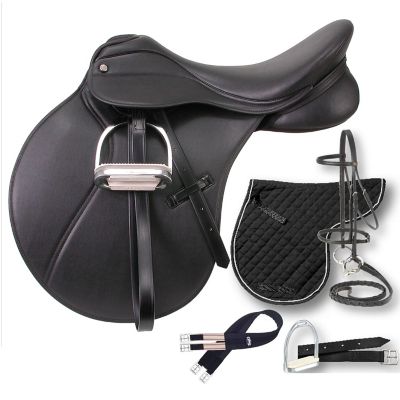
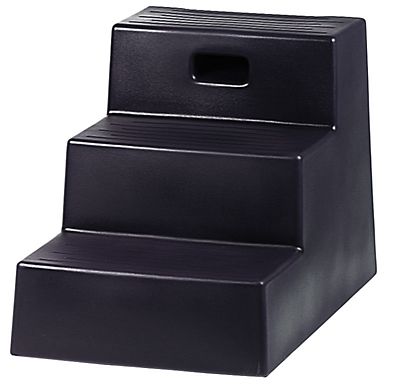

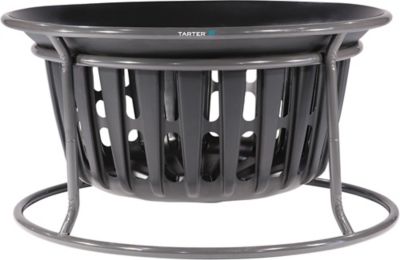
by Sanct
I purchased a saddle for pleasure riding and it was perfect for my use!
by Murphy
Great saddle for the money. Fits my daughter and horse well and is very comfortable.
by Bernardo
great saddle. horse loves it. really light, good quality product.
by Jake
Perfect fit and beautiful for my kid, its a birthday present!
by Cyndy
Love this saddle the only reason i am not giving it 5 stars is because of the quality of the cinch strap and belt, but those are easy enough to replace. Do love how light weight it is, overall very pleased with it for the cost.
by Ginney
I give this saddle 4 stars. Its a great saddle but I had to change the cinch and cinch strap but other then that the saddle was a very good buy.
by Saddie
I was looking for a simple, lightweight, saddle I could easily throw on the horses and ride around their pasture without all the struggle and work of their heavy leather saddles. This saddle is perfect for what I wanted it for. I wouldn’t want it to be my primary saddle for longer trail rides but it is perfect for just a quick jaunt around the pasture to keep the horses and myself used to riding.
by Bonnie
I bought this saddle as a Christmas present for my Daughter. I was very pleased that it was even more beautiful in person, than in the picture. It seems to be well built and very sturdy. She loved it and can’t wait to use it.